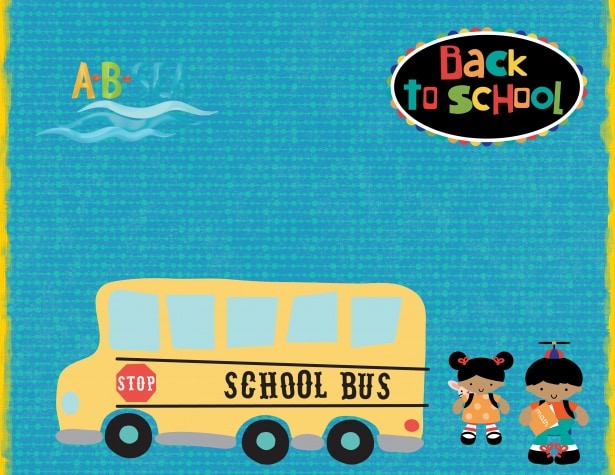Consumer debt Canada: Introduction
Consumer debt Canada and household debt as a percentage of income remains a hot topic these days. The high household debt as a percentage of income coupled with a Toronto housing boom and until recently a Vancouver housing boom, puts Canada’s economy at risk. Whenever we thought that Canada’s consumer debt burden had swelled to its limit, it’s reached a new high.
Consumer debt Canada: Our previous blogs and vlogs
We have before blogged and vlogged about:
- Average Household Debt In Canada: Canadians Love To Make It Continually Rise!
- Video – Household Debt In Canada Crisis
- How Binge Borrowing Raises Canada’s Household Debt Burden
- Canadian Household Debt: We Seem To Love It!
- Household Debt; Canadian Levels Sound Alarm Bells
- Video-Average Canadian Debt Including Mortgage
Consumer debt Canada: How serious is Canada’s consumer debt burden?
Consumer debt Canada has achieved a new milestone; for the first time in history, the level of debt held by Canadians has surpassed the country’s gross domestic product to 100.5% of GDP, up from 98.7% during the previous three-month period. According to Statistics Canada:
- The ratio of credit market debt to disposable household income climbed to 167.6% between April and June, from 165.2% in the first quarter of the year
- Total credit market debt was $1.97 trillion at the end of the second quarter
- Consumer credit alone reached $585.8 billion
- Mortgage debt stood at $1.29 trillion
- Net worth of households increased 1.9% in the second quarter to $9.84 trillion boosted by a gain in real estate
Consumer debt Canada: What’s causing this?
Surprisingly, some feel that the debt isn’t actually the problem. Benjamin Tal, deputy chief economist at CIBC World Markets reports, “Given that interest rates are so low, this is an environment you’d expect consumer credit to rise to the sky — and it’s not. The debt-to-income ratio is not because of the debt accumulating very fast, but rather the income is not rising fast enough to compensate (borrowers).”
Consumer debt Canada: How is Canada’s economy at risk?
According to the Bank of Canada and the International Monetary Fund, it was low-interest rates that stimulated a growth in household credit. As a result many Canadians are highly indebted. Should there be any adverse shock to the economy, the Canadians who will feel it the most are those who’ve borrowed above their ability to meet mortgage payments if a real-estate crash occurred.
Consumer debt Canada: What’s being done to keep Canada’s economy stable?
The Liberal government just announced four major changes to prevent Canadians from assuming bigger mortgages than they can afford. In addition the changes address concerns related to foreign buyers who buy and flip Canadian homes.
Consumer debt Canada: What are the four major changes?
- A mortgage rate stress test implementation for approving high-ratio mortgages to all insured mortgages as of October 17, 2016 to prevent defaults in the future should the mortgage rates rise.
- The government will impose new restrictions on when it will offer insurance for low-ratio mortgages as of November 30, for lowering its exposure to residential mortgages for properties worth $1-million or more.
- As of this tax year new reporting rules for the primary residence capital gains exemption will come into effect. The capital gains tax is still waived, but the sale of the primary residence must be reported at tax time to the Canada Revenue Agency.
- The government is launching consultations on lender risk sharing because the federal government wants to limit its financial obligations if widespread mortgage defaults begin.
Consumer debt Canada: What to do if yours is so high it is stressing you out
If you find yourself with more debt than you can afford to pay contact a professional trustee immediately. We’re experts in debt management and with immediate action and the right plan we can help you get your finances back on track Starting Over, Starting Now. Give Ira Smith Trustee & Receiver Inc. a call today.










